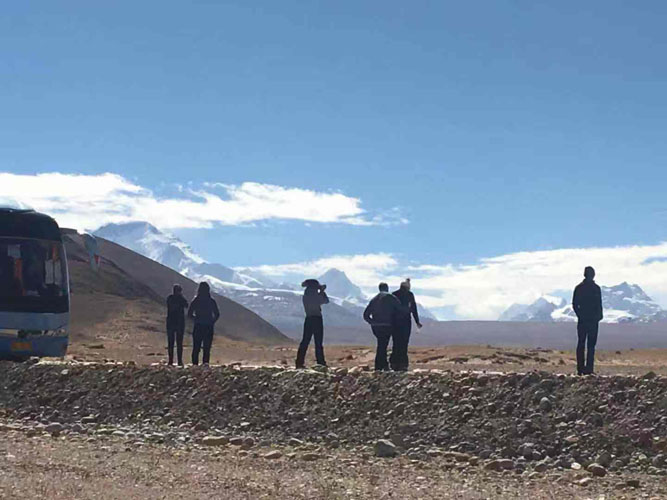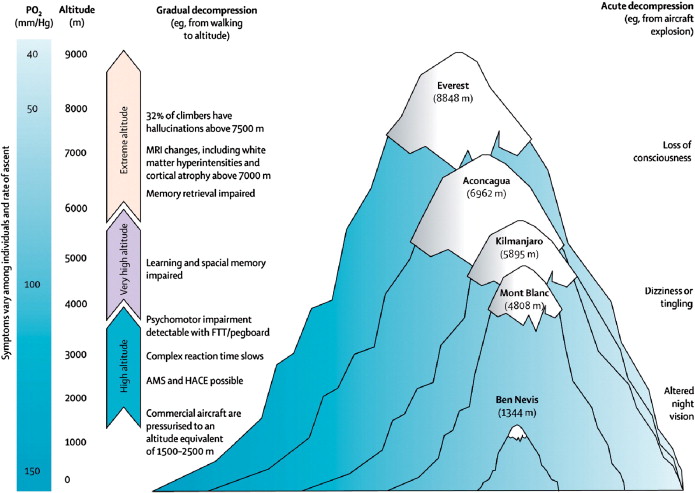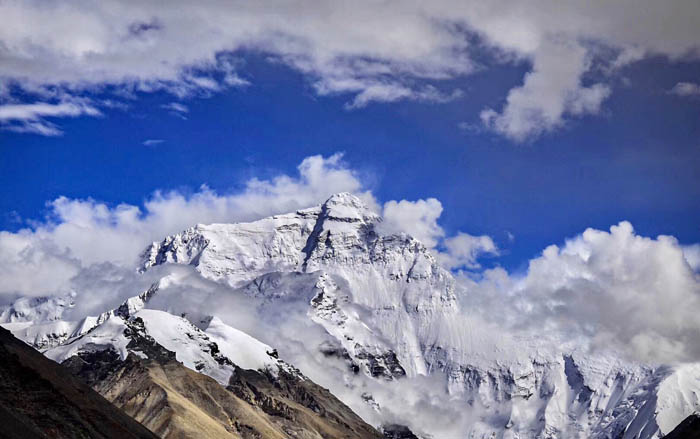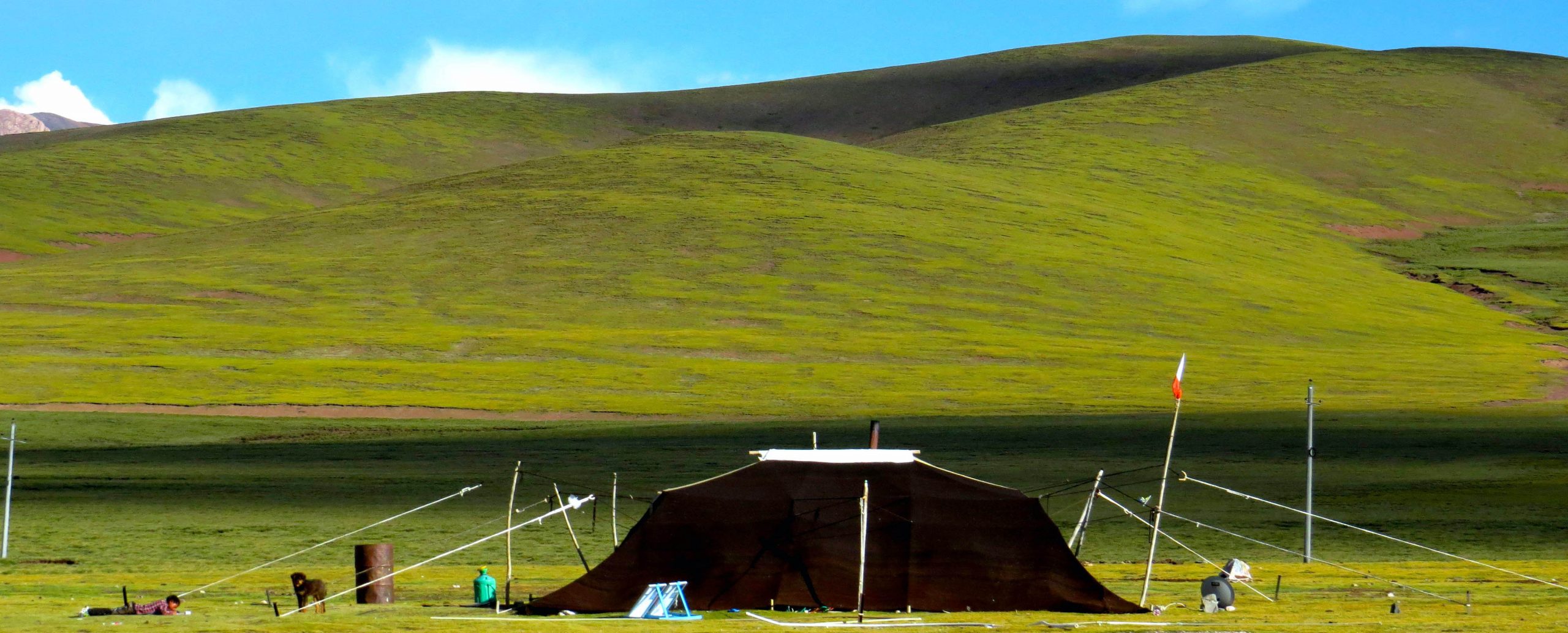+86-15889090408
[email protected]


While not everyone who travels to high altitudes feels the effects of AMS, there is always a risk of the symptoms showing and having traveled to high altitudes and not had AMS does not mean you will not get it the next time you travel. Travelers in Tibet should always take care of their condition, and be able to recognize the symptoms of AMS and know what to do if it happens.
Altitude Sickness is really just a set of symptoms that occur in the body due to the lack of oxygen in the bloodstream, caused by the lower pressure of the air at high altitudes. The body can acclimatize to the higher altitudes by producing more red blood cells than is needed at lower altitudes to compensate for the reduction in oxygen in each breath. However, it does take time for the body to adjust, and this is when the symptoms can start to appear.
Altitude sickness can occur at altitudes above 1,500 meters, and the higher you go, the worse it can get. High Altitude is considered to be between 1,500 meters and 3,500 meters, while Very High Altitude is classed as altitudes between 3,500 meters and 5,500 meters. For all altitudes above 5,500 meters, it is classed as Extreme Altitude, and the risk of AMS is greatly increased due to the thinner atmosphere at extreme altitudes.


How people react to altitudes depends on the person and their level of fitness and health, although even a fit and healthy person is not without some risk. Conditions of travel, exertion, dehydration, and many other factors all play a part in altitude sickness. Many people do not start to feel the symptoms until they reach altitudes above 2,400 meters, and headaches are the first tell-tale symptom of AMS.
The major symptoms of AMS are:
There are also more severe symptoms of AMS that can occur at very High and Extreme Altitudes, which can be fatal if not treated correctly and immediately. High Altitude Pulmonary Edemas (HAPE) and High Altitude Cerebral Edemas (HACE) are serious conditions that can be fatal, and should be treated immediately and the patient brought to a lower altitude as soon as possible.


Normally, the symptoms of AMS are only temporary, and will abate once the body has acclimatized to the higher altitude and thinner air. It is, however, important to acclimatize properly when traveling to the plateau, and the first way to help prevent AMS is an intermediate acclimatization. This can be done by stopping at an altitude between 2,400 and 3,400 meters, and spending a day acclimatizing to that altitude. Once you reach Lhasa, which lies at an altitude of 3,656 meters above sea level, time should again be spent acclimatizing before traveling further or taking any strenuous exercise.
One to two days is the normal period for the body to adapt, although it can take longer in some people. This also depends on the physical conditions of the traveler, as well as other things, such as smoking, alcohol consumption, dehydration, and physical exertion. Acclimatize properly before going out trekking or wandering around sites with lots of steps (like the Potala Palace in Lhasa) and take in plenty of water to remain hydrated in the high altitude. High altitudes mean the body dehydrates as if in a hot, tropical climate.
You should also avoid strenuous exercise and watch your diet, eating small meals instead of large ones. Plenty of fresh vegetables and high protein meats are good for helping reduce the risk of the symptoms of altitude sickness, and fatty meat should be avoided. Tea and coffee should also be avoided as the caffeine content can have a detrimental effect on the body as they are diuretics, and prevent the absorption of water resulting in dehydration.
While out on your tour, take plenty of water with you to remain hydrated, as well as high-energy snacks such as chocolate, nuts, dried fruits, and biscuits, as this will help the body regain lost energy faster. When traveling to higher altitudes, such as Everest Base Camp, take a rest before exerting yourself, and watch for the symptoms every time you increase more than 500 meters in elevation.


There are some medications that can help to prevent and treat the basic symptoms of altitude sickness, although each person should refer to their own physician before taking anything. Headaches, the primary symptom, can be treated with simple painkillers such as paracetamol and ibuprofen, which do not require a prescription. Stronger painkillers should be avoided, as they can cause drowsiness, which will increase the risk and symptoms exponentially.
Medications such as Acetazolamide and Dexamethasone have been shown to have some effect on the symptoms of altitude sickness, in both prevention and cure, but should not be taken without the advice of your own doctor. However, care should still be taken in following the proper ascending procedures, and neither of the drugs should be taken if you suffer from heart conditions, asthma, diabetes, bronchial conditions, epilepsy, and other serious illnesses.

